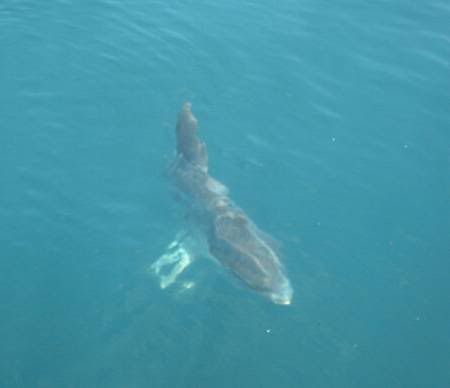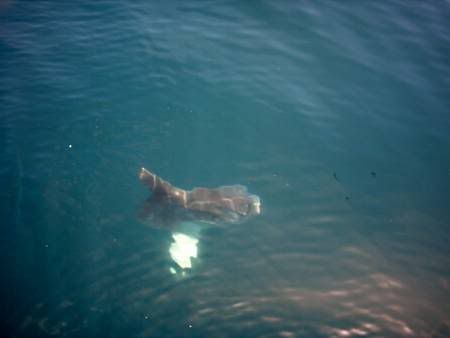Hmmm... I just had a "brilliant" thought (considering I'm still on my first cup of coffee). Sea lion populations have been increasing in southern California over the past few decades. This could be a recovery from the days they were harvested for oil, or possibly even a response to slowly warming ocean waters due to natural cycles or possibly even global warming.
Increasing numbers of sea lions in our region could possibly explain the apparent decline in Mola mola in our waters over the past several decades in view their impact on the fish as evidenced clearly in Steve's image and other observations.
Increasing numbers of sea lions in our region could possibly explain the apparent decline in Mola mola in our waters over the past several decades in view their impact on the fish as evidenced clearly in Steve's image and other observations.







